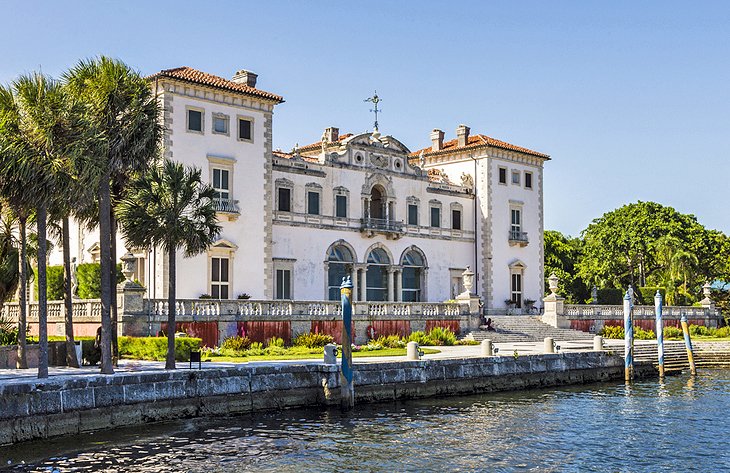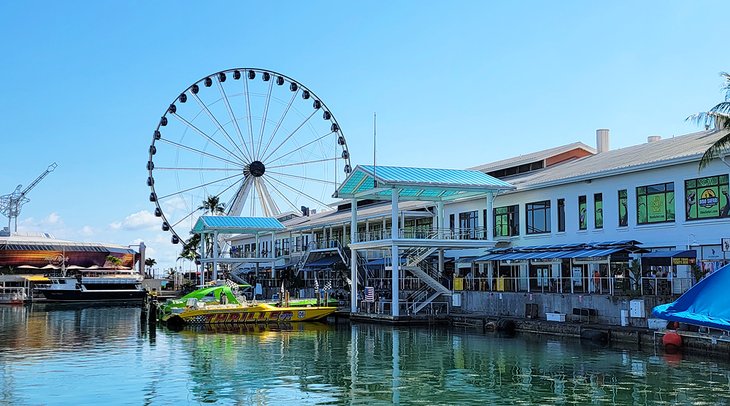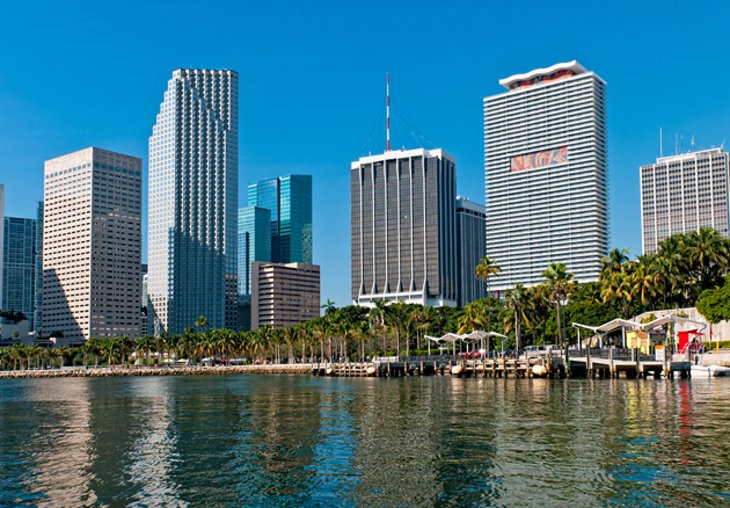
The detail conference venue information will be available about two weeks before the opening of the conference.
Miami tourist attractions
Miami is one of the top ranked cities in the world, consistently. Miami's rapidly growing technology and startup sectors and our year-round perfect weather makes Miami the "Happiest City to Work" in the United States, according to Career Bliss. Miami is the #2 destination in the country for 'millennials'. Miami's evolution from a tourist city to one of the world's top ranked cities is proven in the statistics. Miami is undoubtedly seen as one of the most popular tourist destinations. The scenic beaches, magnificent hotels and mouth-watering cuisine are some of the reasons why people are always thronging into Miami, to get a piece of what makes it great. This website is about sightseeing and all you need to know about visiting and staying in Miami. This is essentially about what you must see when you are in Miami. It gives a list of areas you should consider visiting. From the popular shopping areas to the places where you can grab a delicious meal. This site also details places you can go to if you want to connect with nature.
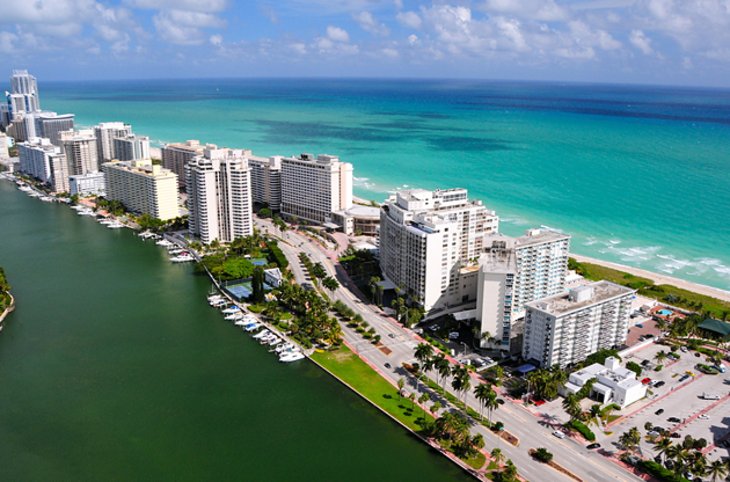
Located on a barrier island and connected to the mainland by a series of bridges, Miami Beach is a mix of quiet nei***orhoods, lively entertainment-focused areas, and long stretches of soft-sand beaches. The southernmost portion of the island is the historic and action-packed area known as South Beach, and this is where you'll find many of the top attractions and things to do. The main street in this area is Ocean Drive, a section of road located along the oceanfront and home to some beautiful Art Deco buildings. Ocean Drive was closed to all but pedetrian traffic in May of 2020 but in 2022 opened to one-way vehicle traffic from 15th Street to 5th Street.

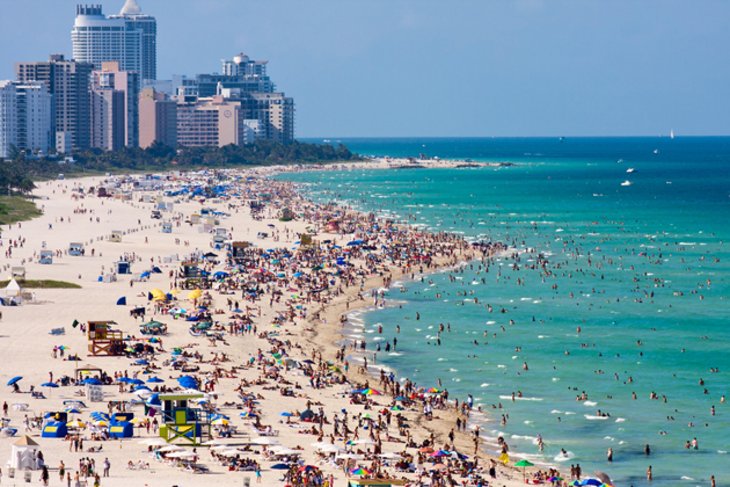
Even if you have no interest in the beach, the Art Deco Historic District is worth a trip out to Miami Beach. This architectural style, popular in the 1930s and 40s, dominates the trendy South Beach nei***orhood. These uniquely designed buildings, in a range of pastel colors and displaying large neon signs, were built following a devastating hurricane that struck in 1926. Many are hotels and restaurants, most of which have been beautifully restored. Along some of the main streets, awnings on the lower level of these buildings provide shade for outdoor dining areas. Ocean Drive and Collins Avenue are the two main streets through the area.
